The Delhi Metro Rail Corporation (DMRC), founded in 1995 as a joint venture between the Government of India and the Government of Delhi, has transformed urban mobility in the National Capital Region. It operates the Delhi Metro—a world-class rapid transit system that connects Delhi with its neighbouring cities—and extends its expertise as a consultancy partner for metro projects across India and abroad.
With a fleet of over 300 train sets, DMRC has built an expansive network exceeding 400 kilometres, ranking it among the fastest-growing metro systems globally. More importantly, it leads the way in sustainability. DMRC became the first railway project worldwide to earn carbon credits through its regenerative braking technology, helping reduce Delhi’s pollution by nearly 630,000 tons each year. Pushing the envelope further, it pioneered rooftop solar installations across its metro stations and has committed to sourcing 50% of its energy from renewable sources by 2031.
Innovation remains central to DMRC’s mission. In 2023, it rolled out digital ticketing options—QR code-based tickets and the ‘Momentum 2.0’ app—streamlining access and enhancing commuter convenience, while reinforcing its commitment to smart, sustainable urban transport.
In an exclusive conversation with The Interview World, Dr. Amit Kumar Jain, Director (Operations & Services) at DMRC, outlines the organization’s strategic initiatives aimed at elevating the passenger experience. He details how DMRC is integrating services for seamless, end-to-end commuting, shares the proactive measures taken to manage overcrowding, and spotlights the cutting-edge technologies powering smarter decision-making across the network.
Here are the key insights from this enlightening exchange.
Q: What specific strategies or innovations are you planning to implement to improve the overall passenger experience in the Delhi Metro?
A: The Delhi Metro Rail Corporation (DMRC) envisions a commuting experience that not only meets but consistently exceeds customer expectations. Our goal is clear: transform every journey into a customer delight. To realize this vision, we are actively enhancing every touchpoint of the passenger experience, with a sharp focus on ease, efficiency, and innovation.
One of our key initiatives is simplifying ticket booking. We’ve made our tickets available across multiple platforms—including WhatsApp, Paytm, Amazon Pay, and our dedicated DMRC Momentum 2.0 app—so that commuters can access them effortlessly. Gone are the days of standing in long queues at metro stations. Today, passengers can book their tickets within 30 seconds, even before arriving at the station.
Moreover, we are working toward offering integrated services that provide a seamless end-to-end commuting experience. This initiative ensures that passengers can transition smoothly between different modes of transport with minimal friction.
Through these advancements, DMRC reaffirms its commitment to delivering not just transit, but a world-class mobility experience.
Q: Could you elaborate on the integrated services currently being offered by Delhi Metro and how they contribute to a seamless commuter experience?
A: One of the persistent challenges Delhi Metro commuters face is the first- and last-mile connectivity—how to reach the metro station from home, and how to travel from the final station to their destination. To address this critical issue, DMRC has launched an integrated, smart door-to-door service in collaboration with Rapido.
This innovative solution allows commuters to book their entire journey—from doorstep to destination—seamlessly through the DMRC Momentum 2.0 app. The process is simple and swift. As you book your end-to-end trip, a bike or auto is dispatched to your home within five minutes to take you to the nearest metro station. After traveling by metro, another vehicle waits at the exit gate you selected in advance, ready to take you to your final stop.
No more juggling multiple apps or making separate bookings. This unified platform offers a hassle-free experience with complete visibility—commuters receive upfront information about the total fare, fuel cost, and estimated travel time for the entire journey.
This marks a paradigm shift in the way people use the Delhi Metro. It’s not just about booking a train ticket anymore; it’s about planning and executing the entire commute with precision, comfort, and confidence—all through a single app.
Q: Overcrowding remains a major challenge for the Delhi Metro. What measures are you planning to implement to manage passenger volumes more effectively and ensure a more comfortable commute?
A: Managing crowd density remains one of our primary challenges, as the Delhi Metro is fundamentally designed for mass transportation. Naturally, high footfall is expected. However, we actively monitor crowd patterns using metrics such as Per Hour Per Direction (PHPD) traffic. Based on this data, we consistently aim to run services that exceed peak demand to ensure smoother transit experiences.
To ease congestion during rush hours, we have begun increasing train frequency during peak times. While the traditional morning peak was considered to be between 8 AM and 10 AM, we now deploy additional trains earlier, offering commuters the flexibility to travel sooner if they choose.
Moreover, we’ve introduced a dynamic pricing strategy—higher fares during peak hours and concessions during off-peak periods. This incentivizes commuters to shift their travel to less crowded hours, helping us better distribute passenger load across the day.
Importantly, our goal isn’t to eliminate crowds—we welcome them, as they signify effective utilization of public transport. Rather, we focus on managing and dispersing these crowds more efficiently. One strategic measure has been the expansion of circular lines. This has helped redirect commuter flow from overly congested hubs like Rajiv Chowk and Kashmere Gate to other parts of the network, easing pressure on central interchange stations.
Through these proactive steps, we aim to enhance passenger comfort while maintaining the Metro’s role as the backbone of Delhi’s urban mobility.
Q: How is Delhi Metro leveraging emerging technologies like AI, cloud computing, and big data to drive smarter decision-making and enhance the overall passenger experience?
A: We are currently focusing on two key initiatives to enhance our operations: video analytics and big data-driven planning.
First, we are integrating advanced video analytics into our IP-based CCTV systems. These cameras, being relatively modern, will soon be equipped to detect crowding in real time. Once crowding is identified, the system will automatically generate alerts, enabling our teams to respond swiftly in line with established Standard Operating Procedures (SOPs). This will significantly improve our ability to manage congestion proactively and efficiently.
Second, we are leveraging big data to optimize the routing of our feeder buses. We collect and analyse data from various mobile applications that track commuter journeys. This allows us to map travel patterns—understanding how passengers reach metro stations, which routes they prefer, their time of arrival, and their points of origin.
By decoding these behavioural insights, we are moving away from guesswork and adopting a more scientific approach to route planning. We believe that data-driven decisions will outperform traditional heuristic methods and lead to more responsive, commuter-centric solutions. Together, these technologies mark a shift toward smarter, more adaptive urban transit systems.
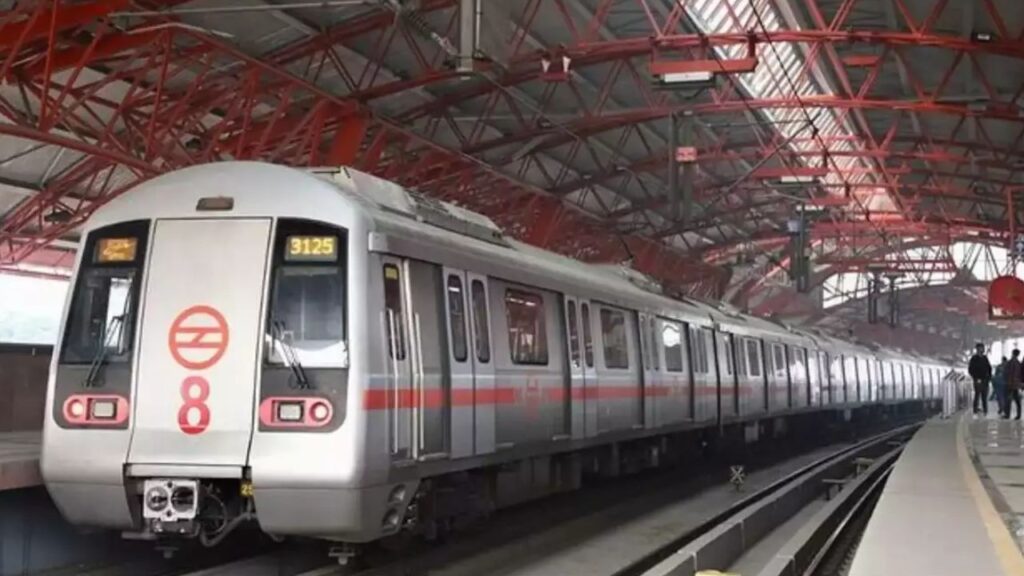
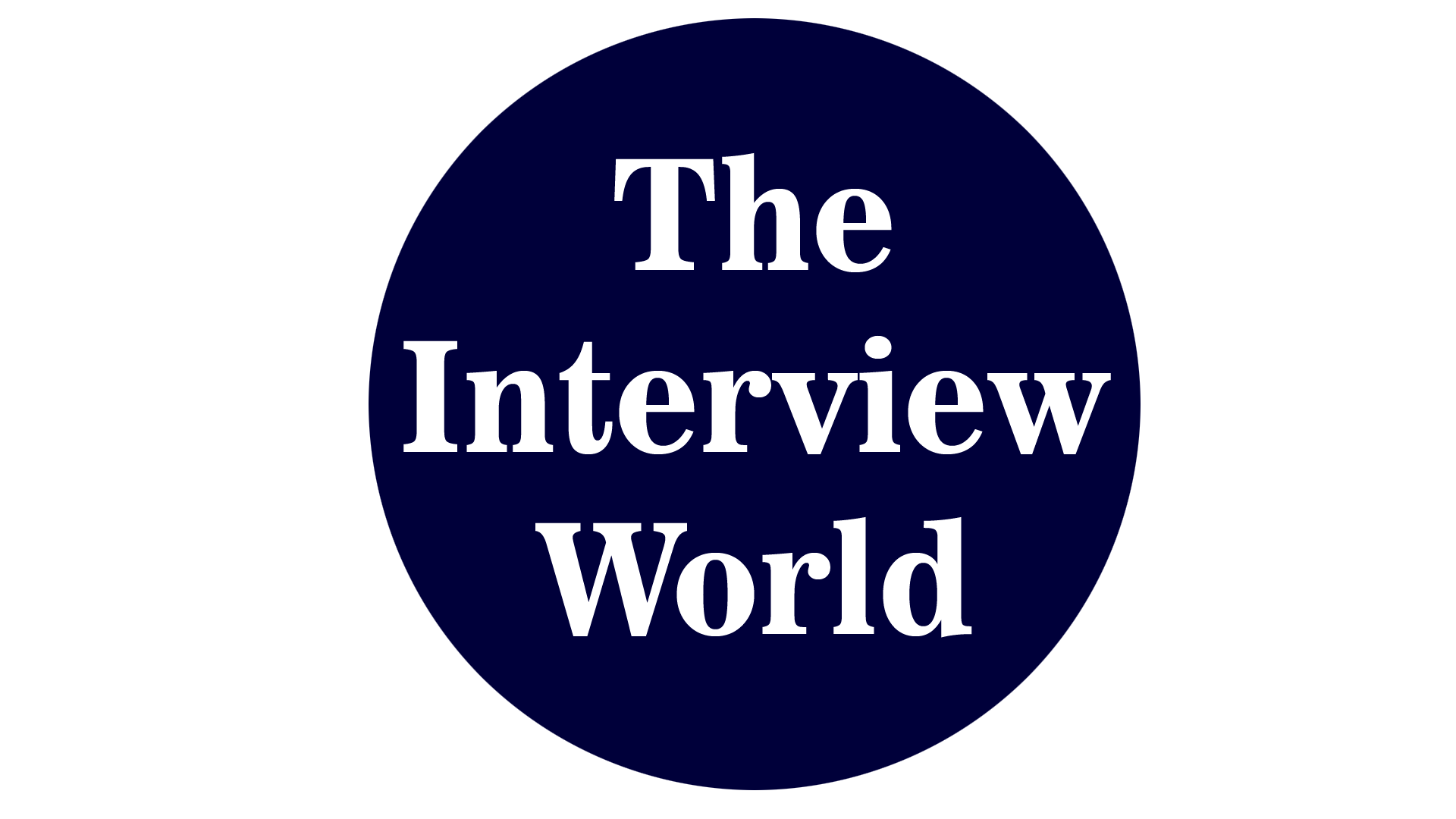
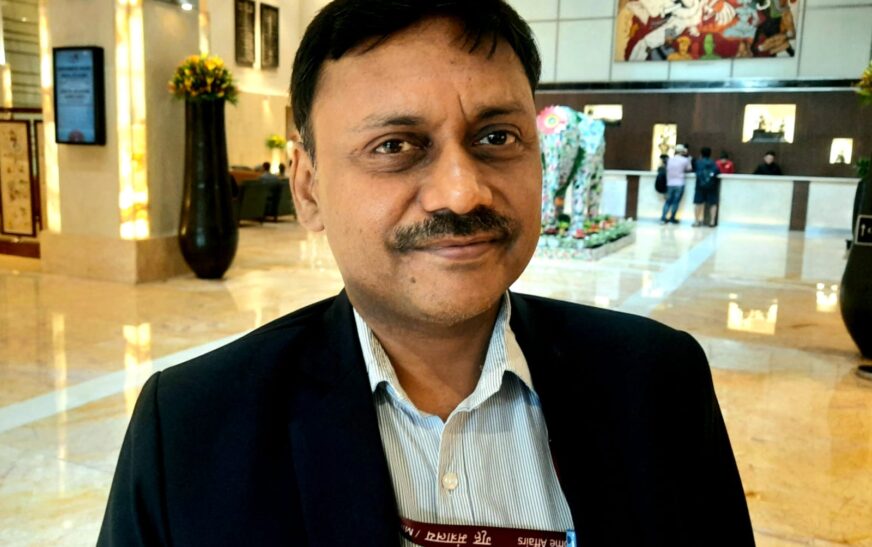
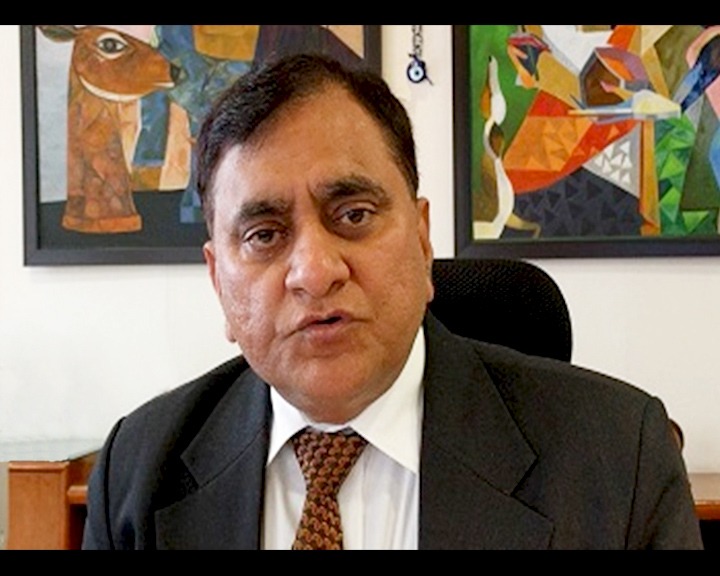



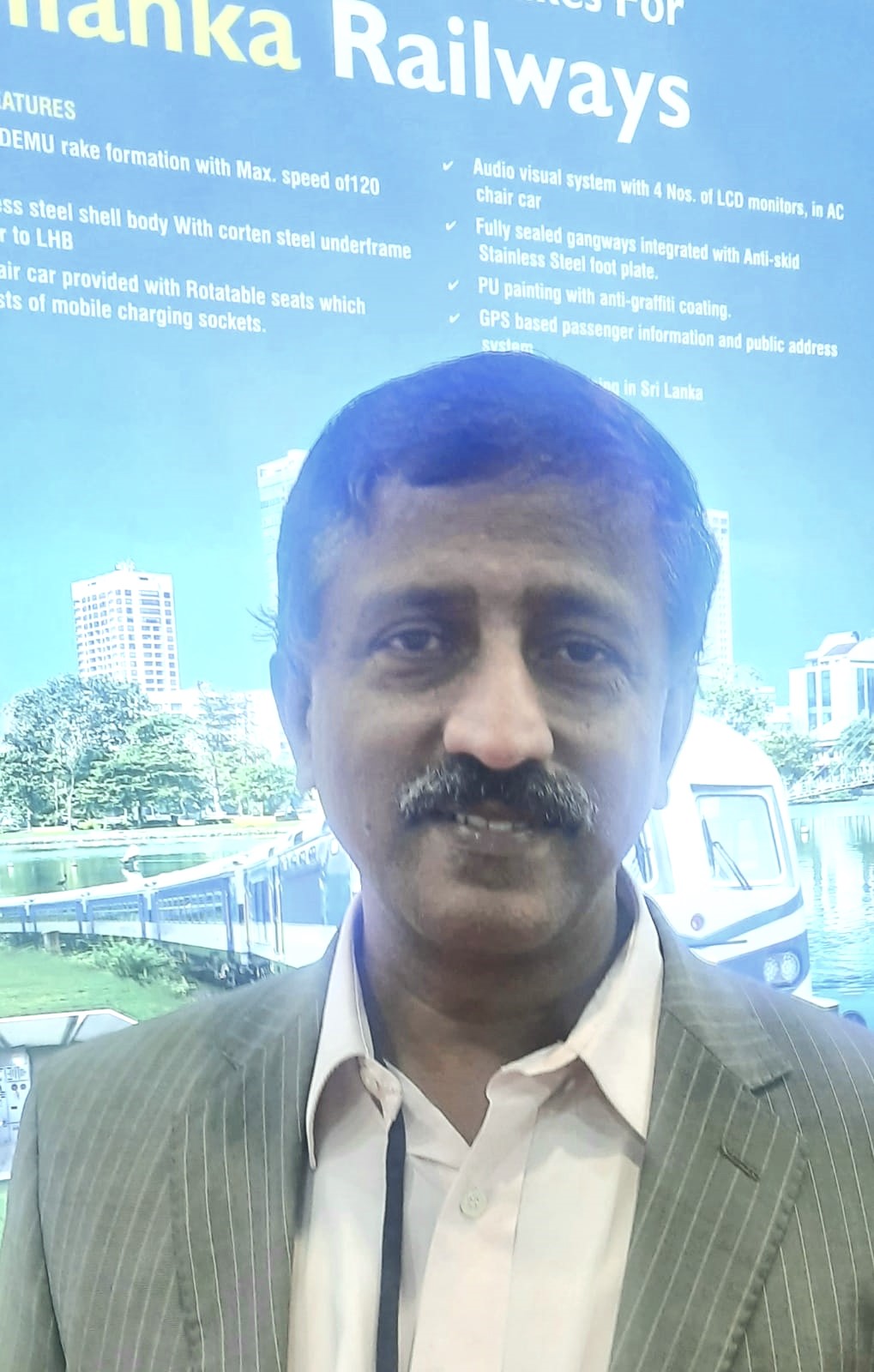
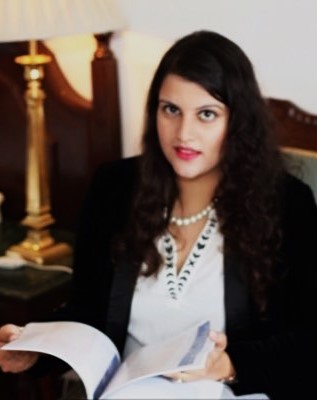

1 Comment
The content is well described. Very useful for next generation.
Comments are closed.